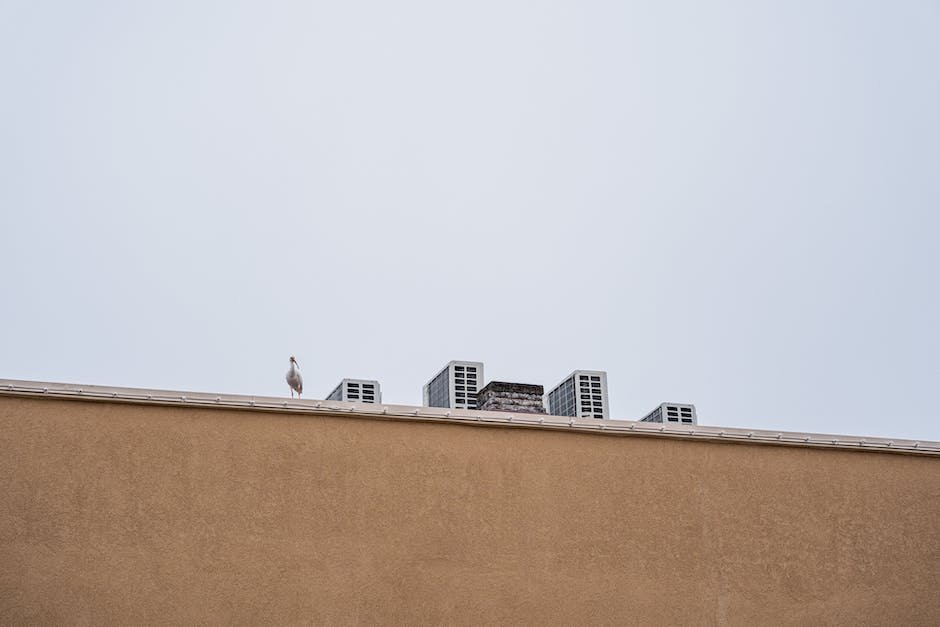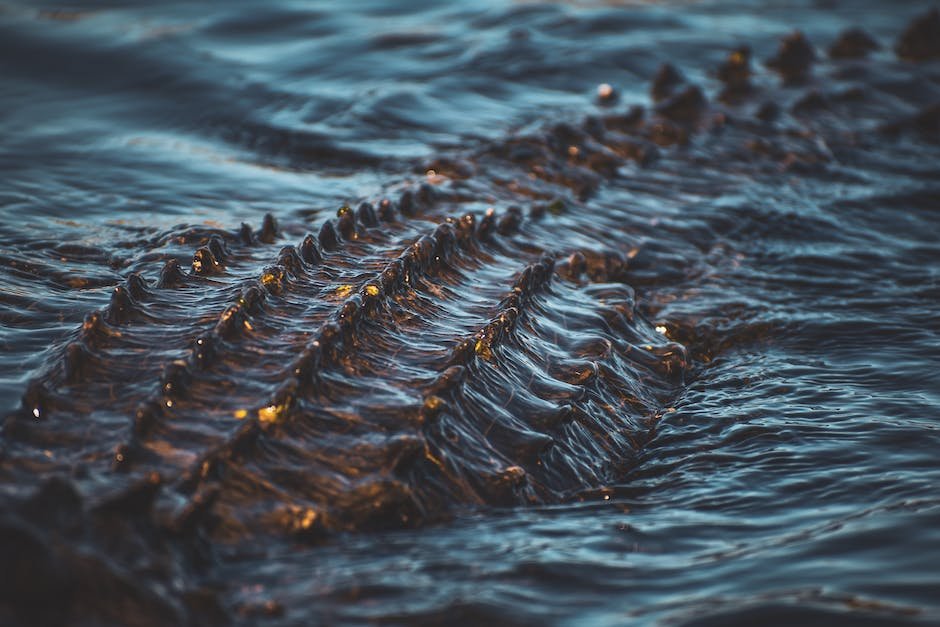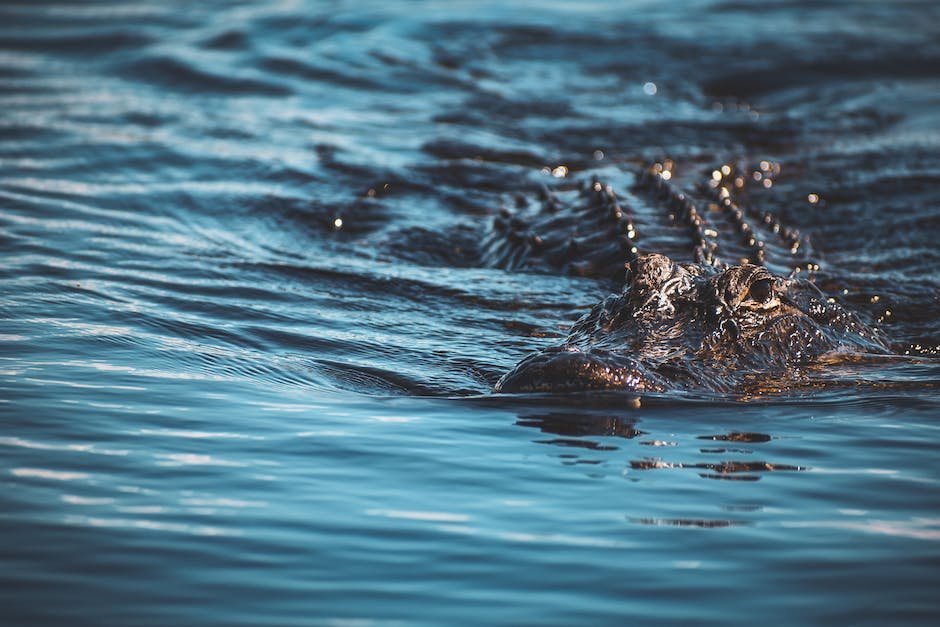When it comes down to it, water is one of our most important resources. We spend a lot of time thinking about how much we drink, but few think about what happens to that liquid after.
Most people believe that their body absorbs some amount of water from the food they eat and beverages they consume. The rest is simply excreted as urine or feces in your current state of hydration and then made up for by sweating, breathing, and other activities.
However, drinking too much can happen more than once during the day! That’s why it’s very important to know how much water you need to be consuming daily.
A good rule of thumb is to try to drink at least eight 8–ounce glasses per person per day. If you are someone who loves drinks, double that number!
That’s a total of 16 ounces for every person in your house plus yourself. Some kids require less water due to their smaller size, so use those stats as a guide instead. Check out this article for tips on how to make sure everyone is drinking enough water.
Sadly, many people do not meet that goal because they forget to drink fluids or they choose beverages with little fluid content. Beverages like coffee, tea, sodas, and alcoholic drinks have very little fluid in them.
What is the difference between 96 oz and 12 oz?
Most people know what 96 ounces and twelve ounces are, but few realize how different the two sizes actually are!
Twelve ounce bottles contain only half as much liquid as a normal size bottle! A standard water bottle has 24 ounces, or one liter of fluid.
What happens when water is heated?
When you heat liquid, it expands. As your drink heats up, its volume increases. This is what makes warm liquids feel warmer than cold ones!
When we refer to “volume” of something, we are talking about how much space it takes up. For example, if I were to pour one cup of coffee into a glass, that would take up 1 cupspace in my glass.
If I then poured another cup into that same glass, it would only need 1 ½ cups of space because there is already a half-cupful of coffee in the glass. The additional fluid just fits in the empty spaces left by the first cup of coffee!
Volume is important because it determines how many drinks you can consume without feeling very thirsty or needing to constantly refill your glass.
Drinking plain water does not change this truth, but adding flavor or sugar do! That is why it is advised to always measure your beverages using a measuring spoon or cup so you get the right amount for your drinking habits.
What should I do to keep my water clean?

The best way to ensure your drinking water is of high quality is by changing how you prepare it!
Mostly, we add salt to our water as part of our preparation process. While this may be natural, some of this salt comes from the air around us or from discarded food products that contain table salts.
Furthermore, many people incorrectly believe that if their water is salty then it must be healthier for them. This isn’t true at all!
A few years ago, most Americans were not aware of the dangers of adding too much sodium to our diets. Now, due to media coverage, we are very educated about the health effects of eating too much processed sugar and consuming foods with large amounts of added sugars.
Sodium can have serious negative impacts on your heart and blood pressure. Having adequate levels of sodium in your diet helps prevent disease in these areas. However, there is an appropriate amount of sodium needed to survive and thrive.
Drinking our drink…what?
Many individuals start their day by having what has become known as “water”. Unfortunately, although this may be considered healthy, it could actually be doing more harm than good.
There is no requirement that you need to drink liquid to live. In fact, 40% of humans that ever lived didn’t consume enough liquids to meet their nutritional needs.
What should I do to keep my health?

One of the biggest risk factors for heart disease is having too much cholesterol in your blood. Cholesterol comes from eating foods that contain it, or having conditions like diabetes where you can’t regulate your blood glucose levels, which causes your body to make more cholesterol as part of keeping healthy!
So what are some easy ways to lower your LDL (or “bad”) cholesterol and prevent heart disease?
Drink enough water. That means at least eight 8-ounce glasses per day! Water helps take away excess sodium from your diet, which can cause your blood pressure to rise. A couple of our favorite brands are Vitality and Fiji Bouviers.
Eat lots of fruits and vegetables. They both help reduce cholesterol by removing harmful substances such as fat from your digestive system. Make sure to include them into your daily life so they become a regular habit.
Limit alcohol consumption. Alcohol has been linked to higher LDL cholesterol and triglyceride levels. The best way to drink is in moderation. If you must have one night out, try to choose the healthier options like drinking three glasses of water before, during, and after.
Avoid smoking. This includes tobacco products like cigarettes, cigars, and smokeless tobacco like diphenhydramine (Benadryl). Smoking not only puts extra stress on your heart, but also raises your bad cholesterol and triglycerides.
What should I do if my water is contaminated?
The best way to rid your body of drinking water contaminants is by purifying the fluid yourself! There are many ways to accomplish this, but none compare in efficiency to using an advanced system that does it for you. An easy way to recognize whether or not your water is safe to drink is by checking the pH level. If the pH is below 6 then it has enough acidity to neutralize some chemicals.
However, unless you have done extensive research on specific contaminants, there is no guarantee what will work as a wash to remove them. That’s why it is important to know how to treat your own water so that you can be certain it is completely cleaned.
The easiest way to do this is through an extended period of time (up to 24 hours) with a low-cost whole house filter. A whole house filter collects all of the water that comes into contact with the air we breathe as well as any fluids we intake via mouthwash or liquid food. Extended exposure removes most contaminant types such as chlorine, fluoride, heavy metals, and radionuclides.
Once you have purified your water, try to avoid swallowing it or ingesting it directly. Instead, use either plain water to rinse off external exposures or have someone else help you achieve that goal. Also, make sure to practice adequate hydration.
Are there any symptoms of water contamination?

If you are experiencing shortness of breath, trouble breathing, vomiting, diarrhea or abdominal pain when drinking liquids, this may be an indication of chemical exposure.
People can become very sick due to excessive alcohol consumption even if they do not feel ill while drinking. Unfortunately, many people drink too much during times of unrest.
After a disaster, such as a flood, alcohol is often the first resource that people have for calming down and helping others. Providing these individuals with adequate hydration is one of the most important things community members can do to help them.
Drinking enough water can prevent dehydration in someone who has excess alcohol in their system. In fact, studies show that drinkers who consume eight glasses of liquid per day reduce their risk of hospitalization by more than half compared to those who do not.
Who should I trust when it comes to my water?
Recent reports claim that up to one-third of all Americans are drinking more than their quota of water! This is definitely not okay, as adequate amounts of water play an important role in our health and wellness.
In fact, research shows that people who drink less water may be at risk for developing diabetes. And although most adults need eight glasses per day to ensure we’re hydrated, some national organizations recommend only five glasses per day for women and six for men.
So what about those recommendations for daily limits? Is it safe to say they aren’t set in stone?
Fortunately, you don’t have to take our word or the word of big corporations for truth about how many fl oz (or “ozs”) you should consume each day. You can simply check out your own urine every morning and night.
If you find that it has changed color, shape, or smell, then you might want to consider whether you are sufficiently hydrated. But remember, even if your urine doesn’t look totally normal, there isn’t necessarily anything wrong with your water intake.
What should I do to safely drink more water?

The most basic way to know how much water you need is to simply track it. If you’re thirsty, then you are already drinking too much!
Most people get the best results tracking their urine for volume and color. While some of you may find that trying to determine your hydration level in your own mind easier, we hope this article will help you with that.
We have gathered up some helpful tips about what factors affect fluid balance in our bodies, and how to interpret those effects. By understanding these changes, you can easily identify when you are over-hydrated or under-hydrated.
Regularly monitoring your fluid intake helps ensure that you are always within normal limits. This also gives you an opportunity to see how well you are doing in your goal to be more conscious of your health.
You want to make sure you don’t go either overdone or underwater.


















